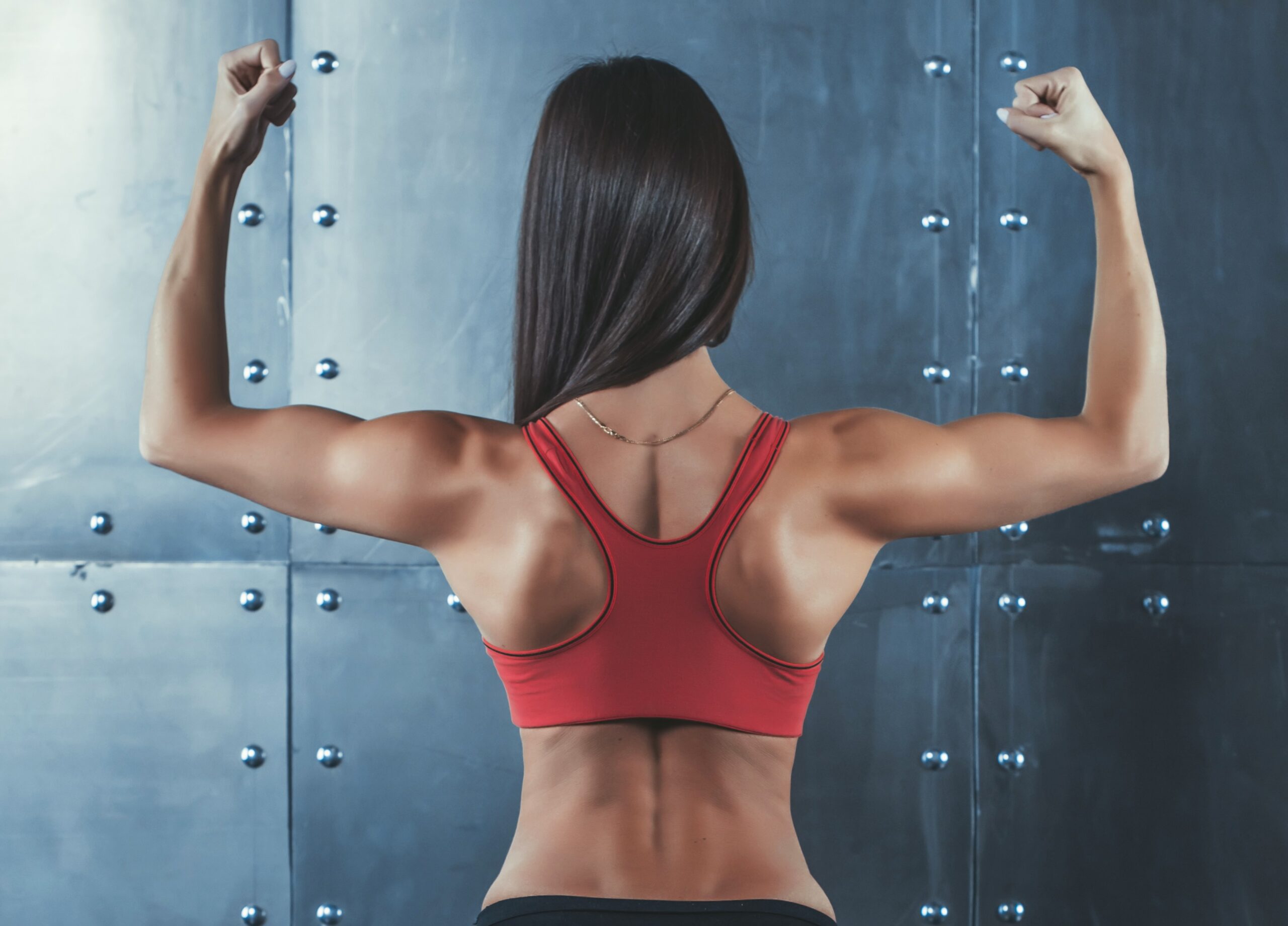If you want to build big muscles in your shoulders and upper back, you should know that the shoulder joint is a ball-and-socket joint, much like the hip. However, the shoulder is much more sensitive and at a greater risk of injury. Training with proper form, in a multi-directional environment, decreases this risk. Train smart and these muscles will grow.
Trapezoid Training
The trapezius, deltoid and “rotator cuff” muscles are the major muscles of the shoulder joint. These muscles are connected to and act upon many bones: humerous, clavicle (collar bone), scapula (shoulder blade), cervical and thoracic spine.
The trapezius muscle rotates, elevates and retracts the shoulder blades. The “traps” are best trained with shrugs. Shrugs build bulk. A common mistake people make when shrugging is circling the shoulders, when it is simply not needed. Just shrug the shoulders as high as they can go, pause a second and then let the shoulder girdle fall slowly.
An advanced type of shrug is overhead shrugging. The starting position of an overhead shrug is holding a barbell overhead with arms straight. Then lift the entire shoulder girdle, bringing the shoulders towards the ears.
Deltoid Training
The deltoid muscle raises the arm away from the body. It does this to the front, side and back. This muscle is very striated. The deltoid is one muscle that wraps around the shoulder joint to the front, side and back.
The “delts” are important to looking good because they give the strict definition between shoulders and arms. Performing shoulder presses and arm raises enhance this definition. Shoulder presses build bulk, while arm raises give definition.
Most people should not perform shoulder presses behind the neck. The risks are not worth the reward. Instead, they should carry out complete shoulder presses standing or seated. If possible, do dumbbell shoulder presses standing.
When doing seated barbell shoulder presses, make sure the back is supported. The bench should have a very slight backwards lean. These steps take undue stress off the thoracic and lumbar spine.
Arm raises train the deltoids in three different parts. Arm raises are completed for definition purposes, so there’s no need to go heavy. Each set of front, side or back arm raises should take 30 to 70 seconds. These exercises are best done with dumbbells or cable.
Rotator Cuff Muscle Training
Four different muscles, the supraspinatus, infraspinatus, teres minor and teres major, make up the “rotator cuff.” These muscles are responsible for stabilizing the shoulder joint and are often injured.
At the end of a shoulder workout, include rotator cuff exercises. Grab a dumbbell, lie down on your side and do external rotations. Use a band while standing and perform internal rotations. Grab a dumbbell, lie face down on a bench with a shoulder hanging off, and alternate lifting the arm forward and backwards. Use extremely light weight during these exercises.
Superset Shoulder Exercises
Do heavy barbell shoulder presses and superset it with light dumbbell shoulder presses. Another superset is completing ten front, side and back raises without stopping. The clean-and-press is a superset all on its own. Make sure to shrug during the clean and use those delts to lift the bar overhead.



